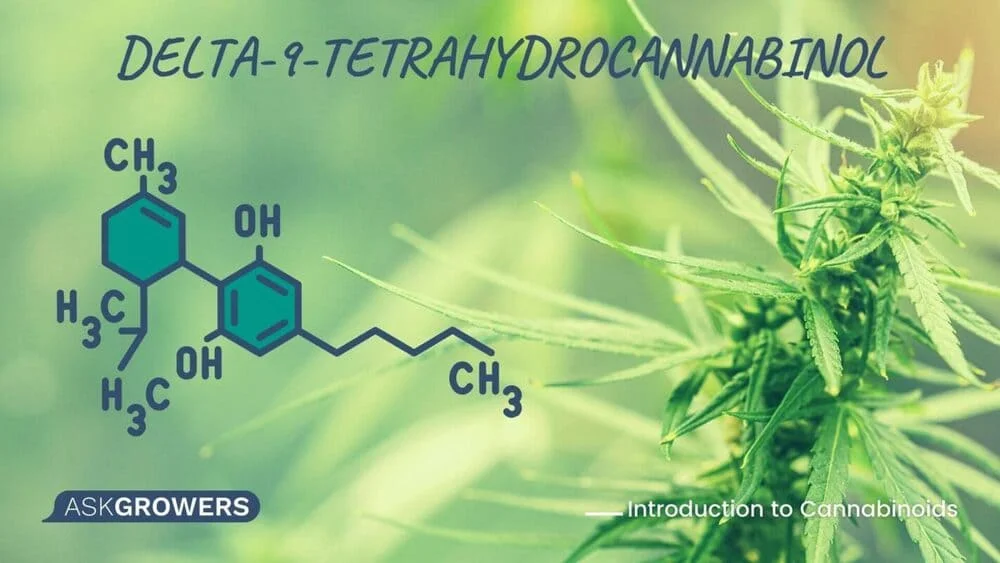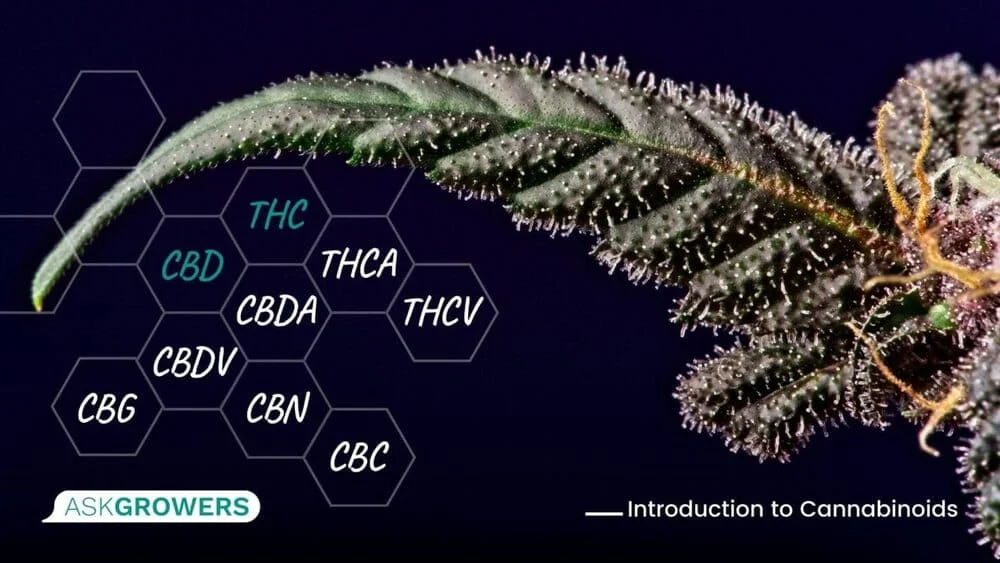Cannabinoids are chemical substances, regardless of origin, which interact with the cannabinoid receptors in the human body. Cannabinoids found in cannabis plants are the most valuable substances for marijuana lovers because they determine their recreational and medical properties. While most people have heard about THC and CBD, the primary cannabinoid substances in cannabis, this plant can offer much more. Let’s dig deeper into this topic.
It is vital to go through some theory before dwelling on specific cannabinoid compounds of cannabis.
- What are cannabinoids? This term refers to chemicals found in the weed that interact with the cannabinoid receptors in the human body and brain.
- How many different cannabinoids are there in cannabis? While THC and CBD are the most well-known, at least 100 other chemicals belong to this group. Moreover, weed contains approximately 300 non-cannabinoid chemicals.
- How do cannabinoids work with receptors? Cannabinoids connect with receptors in the endocannabinoid system, which is part of the central nervous system. They regulate how cells send, receive, and process impulses. In this way, these chemicals may alter memory, cognition, and psychomotor performance, affect the reward and pleasure responses, and change the functioning of the pain perception.
- What do cannabinoids help with? These active chemicals can reduce anxiety, stress, nausea, and inflammation; they relieve pain, relax tight muscles, and stimulate appetite. The latter may help improve weight gain in people with serious diseases, such as cancer and AIDS. While cannabinoids cannot cure diseases or address their causes, they are excellent as an additional treatment.
THC
Delta-9-tetrahydrocannabinol (THC) is one of the major cannabinoids found in cannabis. This chemical is responsible for the psychoactive effects of weed. THC binds to CB1 receptors, which mediates its strong psychoactive properties. THC may cause some unwanted effects, including immunosuppression, anxiety, impaired memory, etc., but these can be reversed by CBD and other chemicals found in cannabis.

The THC percentage in different strains varies and does not depend on whether they’re Sativa-dominant, Indica-dominant, or 50/50. Some strains consist of 5% CBD and 18% THC; others may include 2% CBD and 22% THC. Some plants are more balanced, with CBD and THC percentage ratios being 10% CBD and 16% THC. Such hybrid strains are optimal in terms of the effects and safety.
CBD
Cannabidiol (CBD) has a different interaction pattern with the endocannabinoid system and receptors. Unlike THC, it has almost no interaction with CB1 or CB2 receptors. At the same time, it can change the shape of CB1, thus balancing the narcotic effects of THC. Researchers also state that CBD regulates pain perception by altering the activity of other targets, such as ion channels, non-cannabinoid GPCRs, etc. More importantly, CBD improves THC safety and tolerability by reducing the likelihood of adverse narcotic effects. It means that in strains where CBD is balanced with THC, the risk of adverse effects is low. A few things to know about CBD:
- It does not provide a euphoric effect
- It helps with different conditions, such as nausea, pain, migraine, anxiety, depression, inflammation, etc.
- It has a good safety profile
Other Major Types of Cannabinoids
THC and CBD are the most researched weed components, but there are many other cannabinoids found in this plant. Here is the list of the most important of them:

- Tetrahydrocannabivarin (THCV) makes a person more energetic, motivated, and alert, in addition to providing the much-desired feeling of euphoria.
- Cannabidivarin (CBDV) is most famous for its ability to address epileptic fits due to its anticonvulsant properties.
- Cannabigerol (CBG) constitutes a small fraction of cannabinoids in weed, but it plays a crucial role in CBD and THC production.
- Cannabichromene (CBC) is almost as important as CBD and THC when it comes to marijuana properties. It interacts with CB1 and CB2 receptors, regulating weed’s positive psychotic and health effects.
- Cannabinol (CBN) is responsible for the sedative effect, which is essential for people who have insomnia. It is also believed to reduce pain and affect the immune system.
- Tetrahydrocannabinolic Acid (THCA) is one of the least researched weed components. It transforms into a psychoactive compound when heated but does not have the intoxicating properties of THC.
- Cannabidiolic Acid (CBDA) is also non-toxic. It is known to produce a significant positive effect on mood, anxiety, and sleep.
There are many other cannabinoids contained in weed that areresponsible for these plants’ positive effect on the human body. While all of them can be found in Indica, Sativa strains, and hybrid strains, there are many FDA-approved medications that contain these substances. These are widely used to treat various conditions, such as epilepsy, glaucoma, inflammatory bowel disease, sleep problems, etc.
Conclusion
When you purchase cannabis, it is helpful to look at the ratio of CBD, THC, and other cannabinoids in each specific strain, as it determines different properties. However, it may be difficult to predict the effect of a particular strain on your body by looking at its description. We recommend starting with a small amount and noting the effects. In this way, you’ll be able to find the strain that works for you. More importantly, don’t use cannabis instead of seeing a health care provider. While cannabinoids are great for decreasing the burden of some medical problems, they are not the only treatment.

